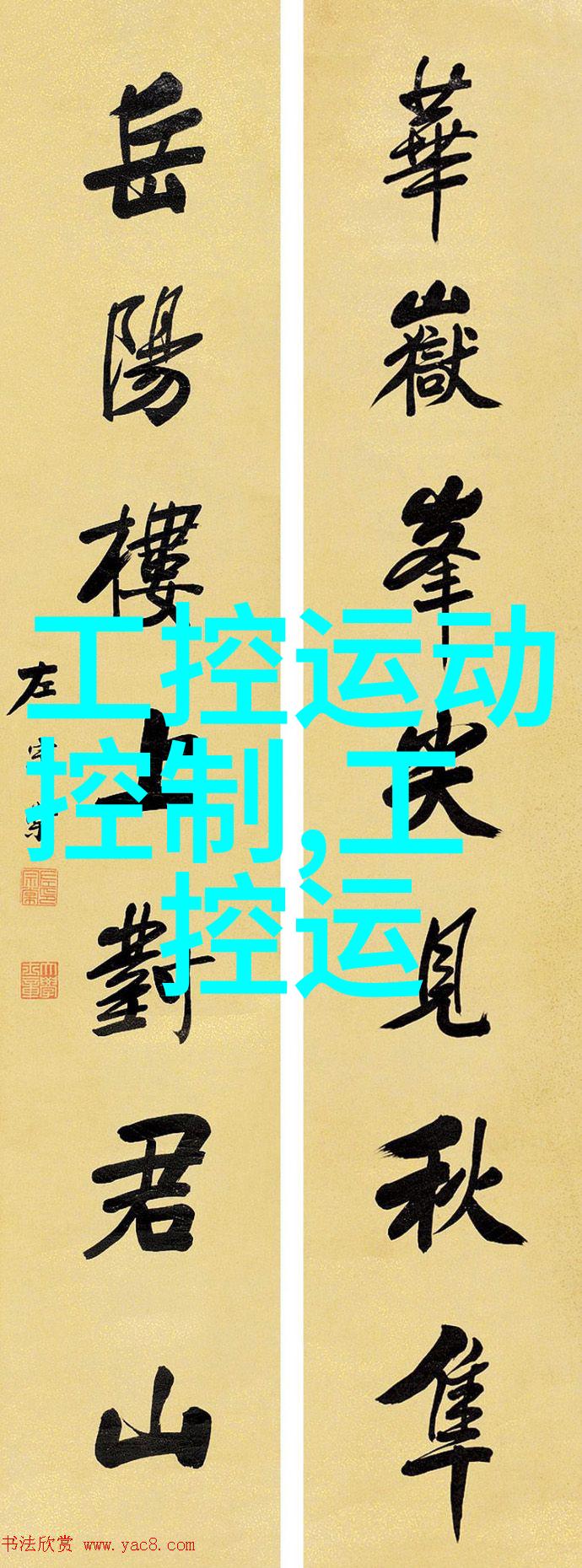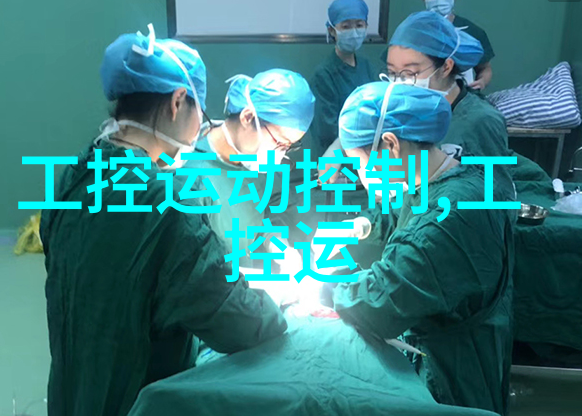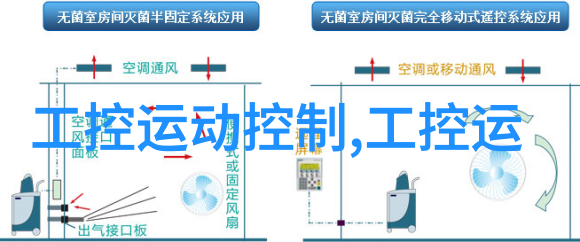您现在的位置是: 首页 - 运动控制 - PE Pipe A Comprehensive Guide to PE Pipe PE Pipe F 运动控制
PE Pipe A Comprehensive Guide to PE Pipe PE Pipe F
2025-05-19 【运动控制】 0人已围观
简介Introduction The world of pipes is a complex one, with various materials vying for dominance in the market. Among these, polyethylene (PE) has emerged as a prominent player due to its versatility and
Introduction
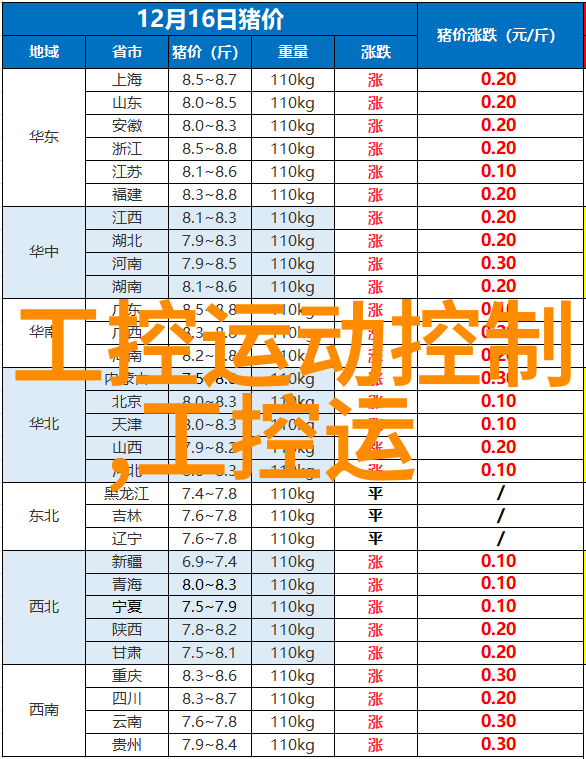
The world of pipes is a complex one, with various materials vying for dominance in the market. Among these, polyethylene (PE) has emerged as a prominent player due to its versatility and durability. In this article, we will delve into the world of PE pipe fittings and explore their applications in detail.
What are PE Pipes?
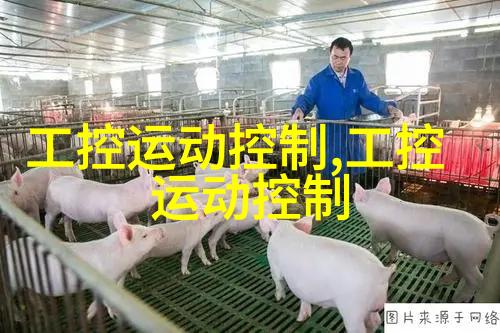
Polyethylene pipes are made from high-density polyethylene (HDPE), which is a thermoplastic material that offers numerous advantages over traditional piping materials such as PVC or steel. HDPE is resistant to corrosion, abrasion, and impact damage, making it an ideal choice for harsh environments like chemical plants or sewage systems.
Types of PE Pipes

There are several types of PE pipes available in the market today:
a) Standard Density Polyethylene (SDR)
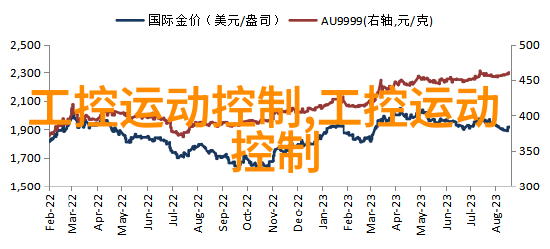
SDR 11-17: This type of pipe is suitable for water supply systems where pressure requirements are moderate.
b) Medium Density Polyethylene (MDR)

MDR 7-9: This type of pipe finds application in both potable water distribution networks and industrial applications where higher pressure resistance is required.
c) High Density Polyethylene (HDP)
HDP 5-6: This type of pipe offers superior strength-to-weight ratio than SDR/MDR pipes making them suitable for high-pressure gas lines.
d) Ultra High Molecular Weight Polyethylene (UHMWPE)
pe100级聚乙烯管材
pe100级聚乙烯管材 refers to HDPE pipes with a specific molecular weight that ensures excellent mechanical properties at room temperature without any special processing conditions necessary during manufacturing process.
Advantages & Benefits
HDPE-based pipelines have several advantages over traditional piping materials:
a) Corrosion Resistance:
HDPE doesn't react with chemicals commonly found in wastewater treatment plants or underground utilities infrastructure leading to longer lifespan compared to other materials like cast iron or copper alloys.
b) Lighter & Easier Installation:
Due to low density nature combined with large diameter options makes it easier handling heavy loads during transportation while reducing costs associated with installation methods involving heavy machinery usage on-site construction work sites resulting lower labor costs too!
c) Flexibility & Impact Resistance:
Highly flexible material allows bending around curves without kinking; also withstands impacts better than most other common types used today - e.g., PEX tubing can crack under sharp blows whereas HDPe remains intact after being hit by hammer!
d). Cost-effective Solution:
In summary,
1* The use *of high-quality hdpe based solutions such as our own product range has been proven time-and-time again through extensive research studies conducted across diverse industries worldwide ensuring optimal performance throughout their lifecycle spans.


